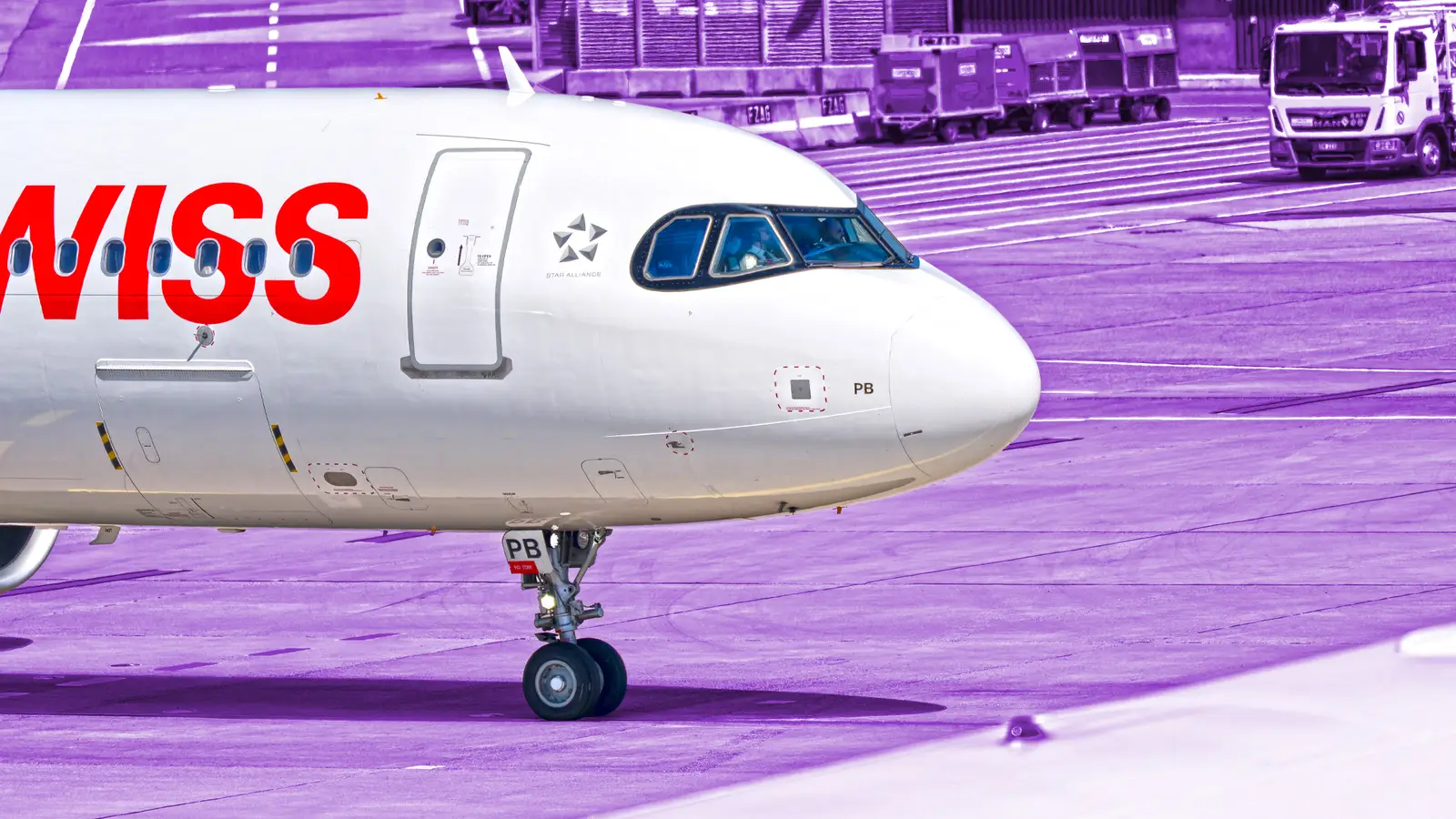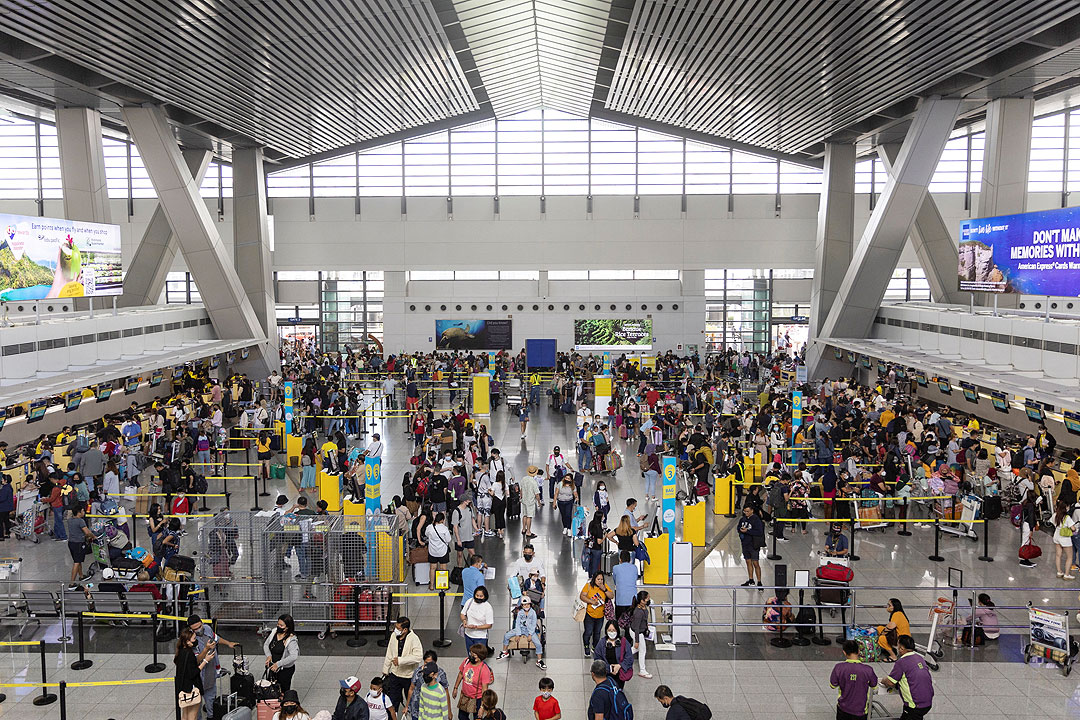Copyright Simple Flying

The skies over Europe are busier than ever, fueled by surging travel demand post-pandemic and the expansion of both legacy and low-cost carriers. Airline pilots have benefited from this, continuing to command impressive salaries amid a persistent shortage of qualified professionals. But earnings can vary significantly based on experience and airline. The most recent data from the European Union Aviation Safety Agency (EASA) shows that junior pilots might earn an annual base salary of around €50,000, more seasoned captains will average around €120,000, while top earners at major airlines can reach €250,000 or more. Total compensation also includes bonuses, allowances, and benefits that significantly boost take-home pay. So let's take a closer look at how much airline pilots in Europe make annually. The Typical Career Path For A European Pilot In the European Union, a commercial pilot's career progresses through several distinct phases, governed by the regulations of EASA. The first step for any aspiring pilot involves rigorous training to earn the necessary licenses and ratings, starting with a Private Pilot License (PPL), gaining the necessary hours and ratings to earn a Commercial Pilot License (CPL), and then at least 14 exams to earn the Airline Transport Pilot License (ATPL). The whole process takes 18 months to three years, depending on whether the individual takes a full-time or part-time ATPL course, and how quickly they accumulate their flight time. But the young pilot emerges with a "frozen" ATPL, which allows pilots to work as a First Officer (FO) for airlines while continuing to build the necessary flight hours to "unfreeze" the license to a full ATPL and ultimately become a Captain. To achieve this, the pilot must have a minimum of 1,500 hours that they will typically earn while flying with training captains. This includes: At least 500 hours in multi-pilot operations. At least 250 hours as Pilot-in-Command (PIC). At least 200 hours of cross-country flight time, with at least 100 hours as PIC. At least 100 hours of night flight. At least 75 hours of instrument time. A maximum of 100 hours of this time can be completed in a flight simulator. Many First Officers start by flying short-haul routes to build their hours and gain experience in various operational conditions, with it typically taking 2–4 years to unfreeze their ATPL. As their experience grows, they become eligible for promotion to captain, which can happen in as little as 4–5 years at low-cost or regional carrier like Loganair, or take more than a decade at legacy carriers like Lufthansa. Finally, a captain might progress to long-haul flying, where they achieve the peak of their earning potential. European Pilot Salaries Based On Seniority A pilot's journey begins with investment rather than income. An integrated ATPL program (full-time) can cost between €80,000 and €150,000, and during this phase there’s typically no salary, although airline-sponsored programs may provide stipends of up to €1,500 monthly to offset living expenses. A modular ATPL program (part-time) costs less, typically between €50,000 and €100,000 and allows the pilot to work while completing it, but the trade-off is that it takes longer to complete. Once qualified, a starting first officer will typically earn between €40,000 and €55,000 per year, depending on the country and airline. These positions demand airline-specific type ratings and intensive training, and often have reduced pay in the first year. However, pilots typically reach full rates within 12 to 18 months, and these early years are vital for providing the foundation of airline experience and flying hours required to unfreeze their ATPL. As first officers mature, their base salaries increase rapidly, and within a few years they can be earning two to three times their starting rate. Advancing to short-haul captain is a major milestone, with salaries jumping to €120,000 on average. This role requires 3,000+ flight hours, command courses, and leadership training. Captains oversee operations on busy European routes, and compensation reflects the added accountability. At the pinnacle are long-haul captains, earning €150,000 to €280,000, with some at major airlines reaching over €300,000. These positions need 5,000 to 8,000 hours and proven expertise in international operations with widebody aircraft type ratings. Differences Between Legacy And Low-Cost Carriers Traditionally, the legacy carriers have offered pilots the most comprehensive packages. Flag carrier airlines provide structured progression with larger base salaries for first officers and a higher top end for long-haul captains. They also have strong unions, ensuring that pilots have superior pensions, healthcare, and job security. However, promotion can be notably slower due to seniority systems, and reaching the rank of captain can take twice as long at a legacy carrier compared to a low-cost carrier. This then was the historical trade-off for new pilots. Joining a Low-Cost Carrier (LCC) typically meant a sacrifice in base salary, but came with two key benefits: Faster accumulation of flying hours, because pilots typically fly more sectors per month with an LCC. This allows new first officers to unfreeze their ATPL far sooner. More rapid career advancement. While promotion to captain can take a decade or more at a legacy carrier, it can occur in 4–5 years at an LCC due to higher turnover and rapid expansion. However, the pilot shortage in Europe has meant that carriers like Ryanair, easyJet, and Wizz Air have started to challenge the notion of inferior pay. The carriers frequently advertise first officer jobs earning up to €80,000, while short-haul captains can reach €150,000. This is further bolstered by sector-based bonuses for high productivity, which can add another €10,000-€25,000 annually. Salary Comparisons Across European Countries European pilot salaries will not only vary according to experience or airline, but can also vary considerably according to the country that the pilot is based in. Much of this is due to macroeconomic factors, as countries with robust economies and a higher cost of living, such as Germany or the UK, tend to have higher average salaries than countries in Southern or Eastern Europe. However, in many European countries, pilot pay and working conditions are fundamentally determined by collective labor agreements negotiated between airlines and pilot unions. The strength and bargaining power of these unions vary by country, leading to different salary structures and benefits. Stronger unions, like those in France or Germany, have historically secured better pay and conditions for their members. The European country with the highest average salaries for pilots is Switzerland. Junior first officers in Switzerland can expect a starting salary that is up to 85% higher than their counterparts in Italy or Spain. At the top end, a long-haul captain based in Zurich can expect to earn up to 60% more than one based in Rome or Madrid. However, it is worth noting that this is looking at base salary alone, and many pilots make up differences via other compensation and benefits. Benefits Beyond The Base Salary Base salaries tell only part of the story when it comes to compensation. European pilots enjoy a suite of additional earnings and benefits that can add tens of thousands of Euros annually. Most commonly, pilots who fly predominantly short-haul routes often receive extra compensation for each flight segment completed. These sector-based bonuses can add €10,000-€25,000 to total compensation. Some pilots also receive additional productivity bonuses, such as meeting on-time departure goals. One of the most well-known perks for pilots is travel, which can extend to their family members. This usually comes in the form of free or heavily discounted standby tickets for pilots and their immediate families. These travel privileges often continue after a pilot retires, allowing for affordable travel in their later years. In addition, pilots often have jump-seat privileges, so they can take a seat in the cockpit even when the cabin is full. The Impact Of A Looming Pilot Shortage While Europe's pilot jobs market is roughly in balance at present, multiple industry experts are predicting a growing pilot shortage across the continent in the second half of the decade. If not addressed, forecasts project a potential shortfall of around 19,000 pilots by 2032. This is being caused by increased demand for travel and a training bottleneck, with flight schools currently only producing about 25% of the annual need to replace pilots retiring and meet the growing demand.



